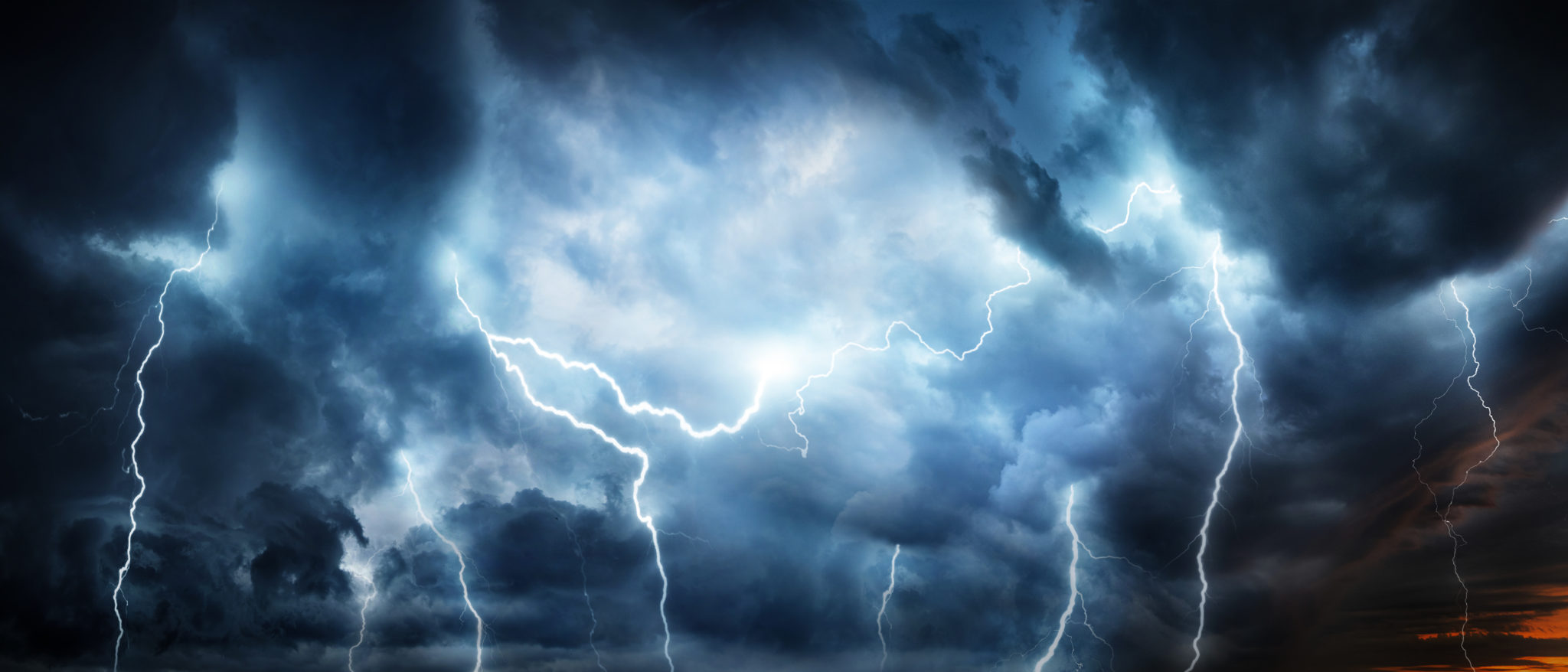The Federal Communications Commission on Thursday passed rules that will help cut down on the time it takes to connect a wireless 911 call and improve the reliability and resilience of communications networks during disasters and outages.
The FCC adopted rules to route wireless 911 calls and real-time texts to 911 call centers more precisely to help shorten emergency response times.
Historically, 911 calls are routed to call centers based on the location of the cell phone tower that handles the call. When calls are made near a county or city border, the nearest cell tower may be in a different jurisdiction, meaning it won’t be routed to the correct call center that services the caller’s location. This delays the deployment of first responders because the calls must be transferred to the correct center, costing valuable minutes in a situation where seconds matter.
“Based on the latest estimates, as many as 23 million wireless calls each year may be misrouted to the wrong public safety answering point,” FCC Chairwoman Jessica Rosenworcel said in a statement. “Some of our largest carriers have already started using location-based routing technology in their networks. So we know it works. Now we look forward to having it work everywhere.”
The new 911 rules will require all wireless carriers to implement location-based routing nationwide for all wireless calls and RTT communications to 911 call centers. Voice calls and real-time texts will be routed based on the caller’s location and not rely on the cell tower’s location, resulting in millions more wireless 911 callers reaching emergency responders without being delayed due to a transfer.
In another decision today, the FCC ruled to improve the reliability and resilience of communications networks during disasters and outages. The rule changes will encourage more companies to participate in the FCC’s Disaster Information Reporting System (DIRS) to keep the operational status of service providers up to date during emergencies.
The operational data keeps first responders and consumers updated with service restoration efforts during disasters and other significant events when maintaining communications is vital. The Network Outage Reporting System (NORS) requires certain types of communications providers to report network outages on an ongoing basis. It can be activated during disasters to provide insight, keep people safe, inform consumers about outages, and provide support as companies restore services.
However, participation in this system is voluntary, which can cause informative gaps and delay emergency responses. Because of this, the current system lacked all the necessary information to improve.
The FCC will address these shortcomings to enhance public safety. The new rules require cable communications, wireline, wireless, and interconnected Voice Over Internet Protocol providers to report their infrastructure status daily when the DIRS is active in areas where they provide service. When the DIRS is active, the FCC ruled to suspend NORS reporting obligations as there’s no need to file a report with both systems.
Additionally, the new rules require DIRS filers to provide a final summary DIRS report to the FCC within 24 hours of the system being deactivated.
“My hope is that with this order and rulemaking, we are on course to keep more people connected in a disaster,” Rosenworcel said. “Now is not a moment too soon. One thing we know for sure is that Mother Nature’s wrath will visit us again and again. So we have to continue to update our policies on network resiliency so that communications are available when we need them most.”
The FCC is also seeking comment on whether to require TV and radio broadcasters, satellite providers, and broadband internet access service providers to report in NORS or DIRS. The Commission will evaluate the extent to which the First Responder Network Authority (FirstNet) should be subject to NORS or DIRS reporting or if it should required to report to both systems.
The Commission will also decide whether providers should be required to supply the FCC with an “after-action” report that would detail how networks fared during an emergency. The FCC is seeking comment on whether providers should also be mandated to report the location of mobile recovery assets used during disaster response and outline specifications.

